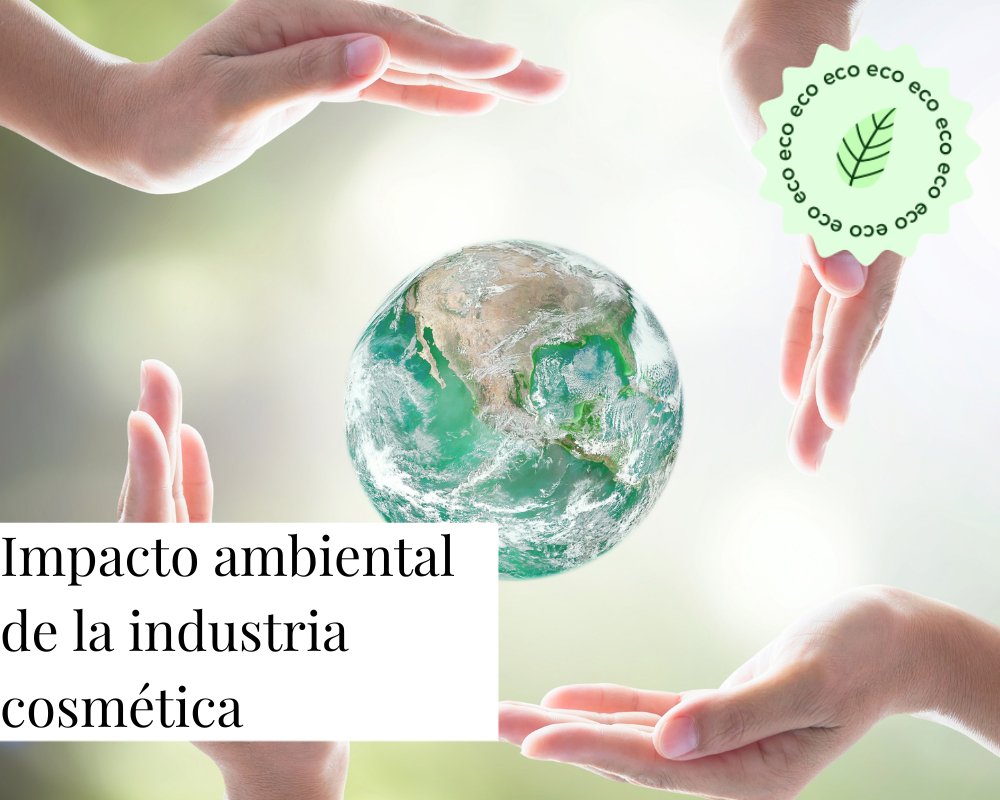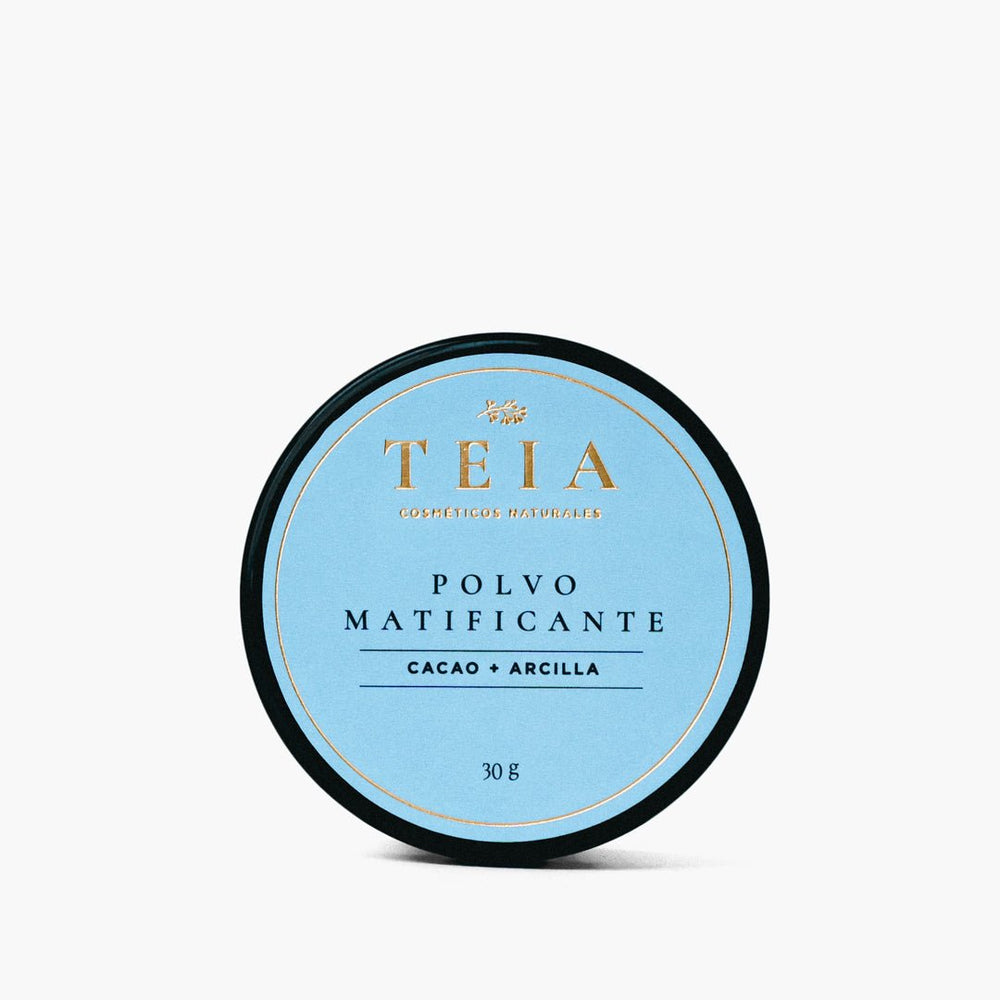
The environmental impact of the cosmetics industry — problems and solutions
The cosmetics industry is one of the largest in the world and will continue to grow in the coming years, but…
What does the growth of this industry mean for the environment?
The most complex problem is the amount of non-biodegradable compounds poured down the sink, shower, or directly from factories that end up in rivers and oceans, persisting for years in ecosystems. Many of these substances are toxic, accumulate in animal tissues, contaminate the food chain, and cause harmful effects on human health and the environment.
Among the most harmful are microplastics , silicones, chemical sunscreens, triclosan, sulfates and synthetic fragrances.
The second problem is the amount of plastic waste generated by the sector: most products come in plastic containers and outer packaging that is discarded after opening. It's estimated that 8 tons of plastic end up in the ocean each year, and cosmetics contribute significantly to that figure.
Furthermore, the industry is linked to deforestation , for example logging associated with palm oil production.
What can we do?
More and more consumers are demanding safe and environmentally friendly products , which is driving raw material suppliers to develop innovative and sustainable ingredients.
As consumers, the most important thing is to demand transparency about ingredients, raw materials, and packaging to make informed decisions.
What do we do at TEIA to reduce our environmental impact?
- We choose easy-to-recycle packaging like glass, aluminum, and cardboard . Only three of our products are still made of plastic, and we plan to replace them next year.
- We use environmentally friendly raw materials with eco-certified ingredients . None of them appear on the MADE SAFE negative list.
- Our manufacturing processes are designed to minimize pollution and we do not discharge waste into the water .









